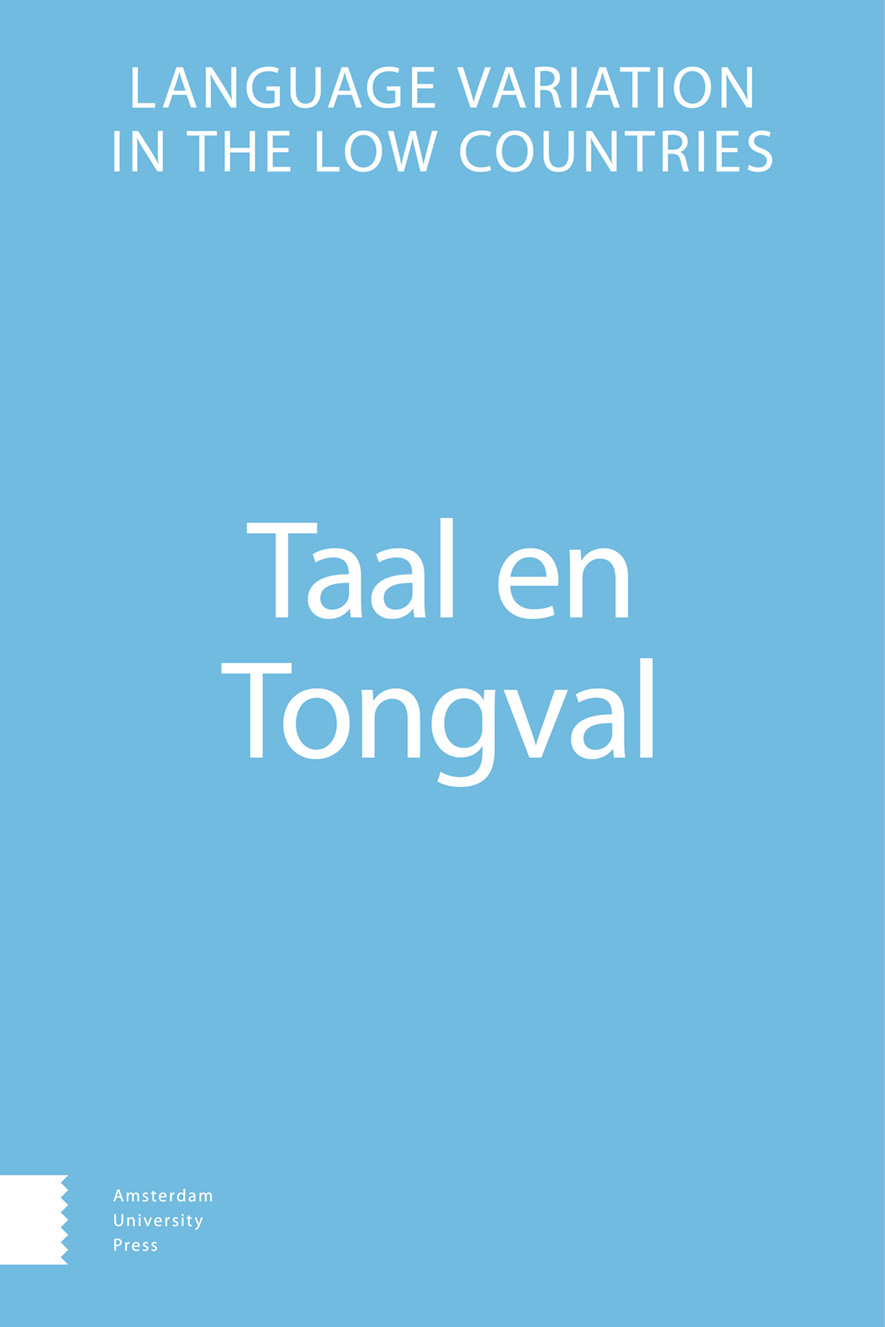-
oa “Siehs’ du, du wars (…) besser wie du hast gedacht: Du has’ Französisch gesprochen!”
- Amsterdam University Press
- Source: Taal en Tongval, Volume 65, Issue 2, Jul 2013, p. 149 - 169
Abstract
The present paper explores the relationship between language use and group identity by analyzing how a multiethnic group of former coal miners in the region of Limburg makes use of linguistic features belonging to Cité Duits. Initial findings point towards the fact that we are dealing with a variety of German with its syntactic structures deriving from Dutch and a few lexical loans from Italian and French. As pointed out in earlier studies, languages are neither automatically bounded entities nor pre-established systems linked to one specific culture, but rather processes that emerge in time and space as a continuously changing product of social interaction. Speakers draw on their linguistic resources in specific situations and develop new ways of speaking (cf. Heller 2007; Otsuji, Pennycook 2010). By scrutinizing syntactical patterns that are characteristic for the in-group speech of the informants, I will show that the flexible use of certain structures and prepositions does not occur randomly, but forms part of a linguistic practice that highlights the positive attitude of the speakers towards the group members (cf. Le Page, Tabouret-Keller 1985: 182ff.). Particular attention will be paid to extraposition and non-inversion of subject-verb order in main clauses (cf. Freywald et al. forthc.). Furthermore, the results found within the data suggest that there is evidence for a general easing of grammatical restrictions.


